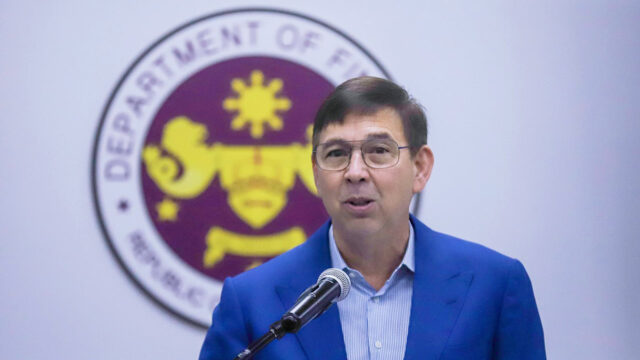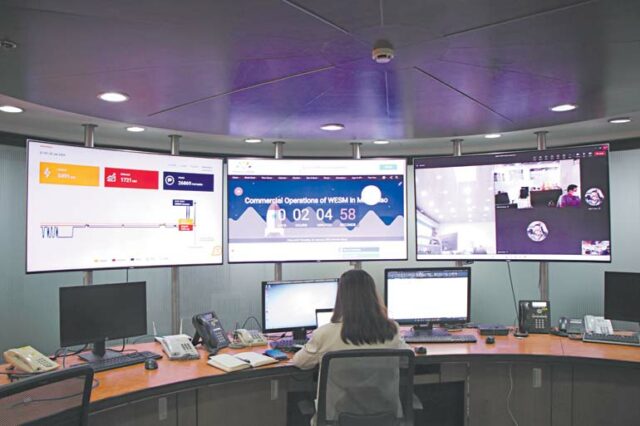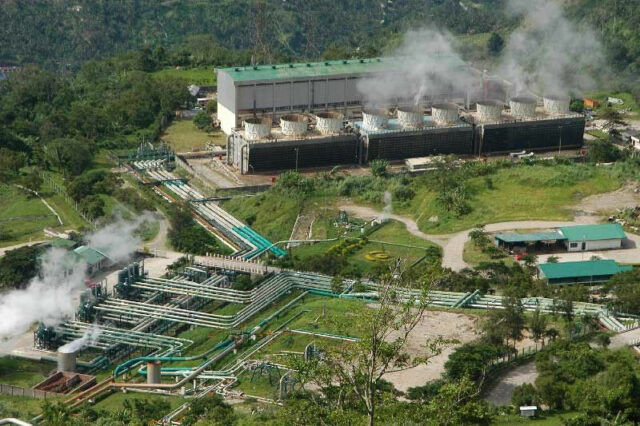Backup sources readied as calamity funding runs low
THE Department of Budget and Management (DBM) said Thursday that the contingent fund and local government support fund have been placed on standby to support the government’s dwindling disaster funds.
Concerns have been raised about the depletion of the Quick Response Fund (QRF), which can be disbursed rapidly in response to calamities. It can finance preparatory activities, relief, and rehabilitation.
Budget Secretary Amenah F. Pangandaman said as of Oct. 2024 it had P30 billion.
“Nakita po natin na ‘yung mga ahensya tulad ng DSWD at DPWH, naubos na po nila ‘yung sa kanila. So humihingi na po sila ng replenishment (We have seen that the Department of Social Welfare and Development and the Department of Public Works and Highways have run out of funding, and are asking for replenishment),”she said in a statement.
The Departments of Agriculture, Education, Interior and Local Government, and Health, as well as the Philippine National Police, Bureau of Fire Protection, Office of Civil Defense, and Philippine Coast Guard also have access to the QRF.
According to the 2024 General Appropriations Act, the balance of the National Disaster Risk Reduction and Management Fund (NDRRMF) can be tapped to replenish the individual agencies’ QRFs.
Replenishment may be requested from the DBM once QRF utilization hits 50%, the DBM said.
Ms. Pangandaman standby funds are available in the form of Unprogrammed Appropriations should the Contingent Fund would run out.
She added that agencies can request the DBM directly to tap the Local Government Support Fund – Financial Assistance to Local Government Units (LGSF-FA to LGUs).
Under Local Budget Circular No. 155, LGSF-FA to LGUs may be tapped for financial assistance to LGUs for “implementation of programs, projects, and activities for disaster response, rehabilitation, and recovery, including procurement or acquisition of disaster equipment and vehicles for disaster response and rescue activities.”
Finance Secretary Ralph G. Recto has said that the NDRRMF is nearly depleted, adding that the frozen P30-billion transfer of Philippine Health Insurance Corp. (PhilHealth)reserve funds could have been used to fund it.
“It’s almost gone. The Supreme Court TRO (temporary restraining order) of P30 billion could have been used for calamities,” Mr. Recto told BusinessWorld on the sidelines of the DBM budget deliberations.
The SC recently issued a TRO on the further transfer of excess funds of PhilHealth to the National Treasury.
When asked how to the government can fund future disasters, he said the Philippines will have a “positive cash balance by the end of the year.”
“We have agreements with the World Bank; if needed, we can use loan proceeds for calamity victims,” Mr. Recto said. — Aubrey Rose A. Inosante












